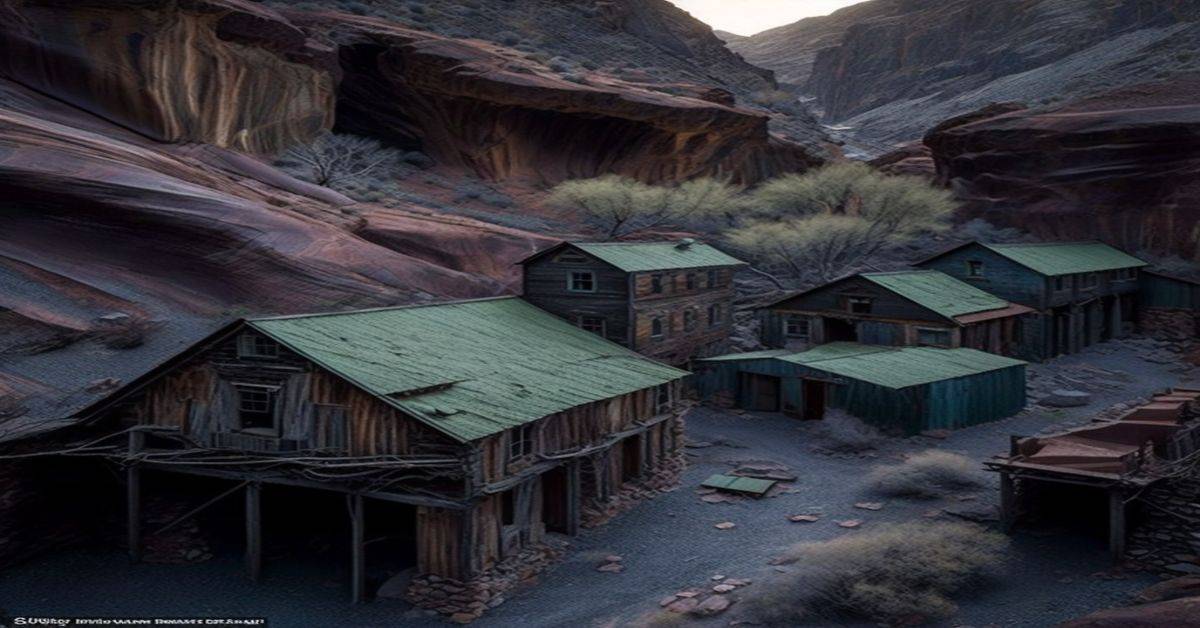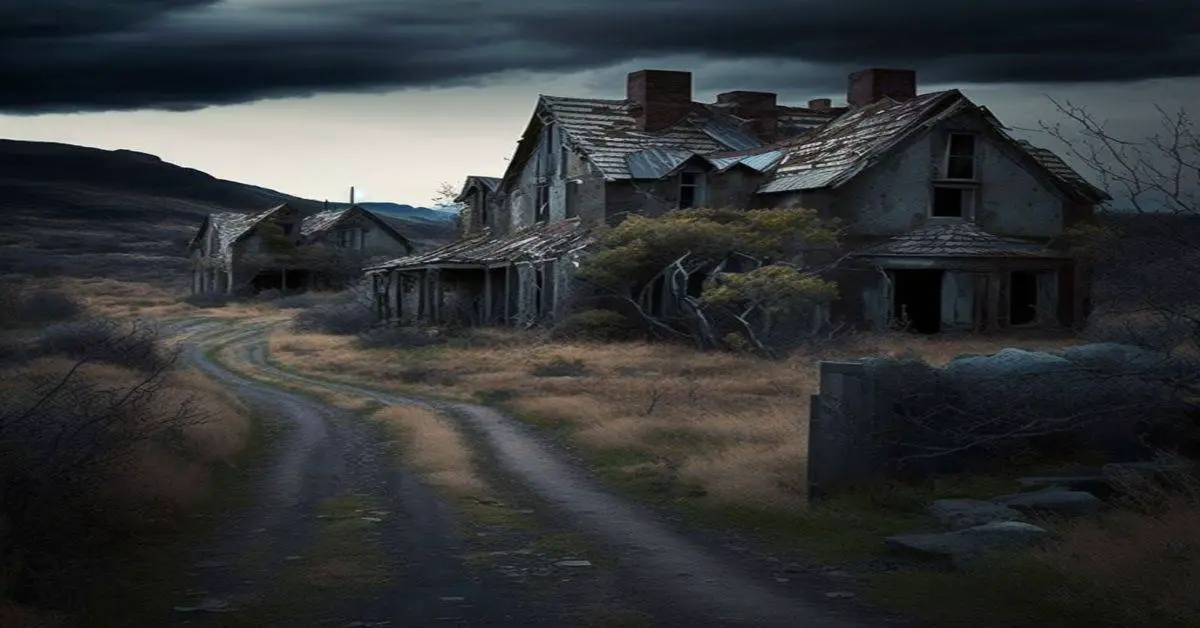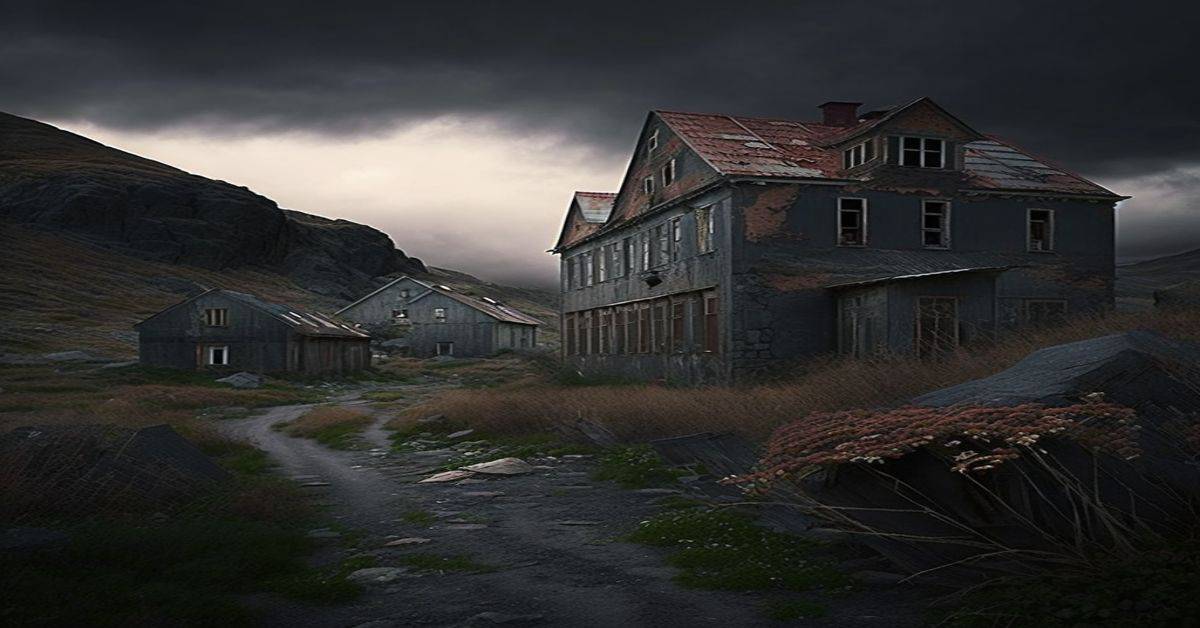Discovering Narcoossee: A Forgotten Florida Ghost Town is a fascinating journey through the history of a once-thriving community in Central Florida. Founded in the late 1800s by E. Nelson Fell, Narcoossee was a hub for the citrus industry and a bustling town with a growing population.
However, over time, the town’s population dwindled, and the community disbanded, leaving only a handful of residents and the remnants of a once-thriving town.
This article will explore the origins of Narcoossee, its economic growth, eventual decline, and the remnants and legacy of this forgotten Florida ghost town.
Through careful research and analysis, we will uncover the story of Narcoossee and its significance as a testament to the changing landscape of Florida’s history.
Join us on exploring a forgotten community and discover the rich history of Narcoossee, a town that time has forgotten.
Key Takeaways
- Narcoossee was a small ghost town founded in the late 1800s by E. Nelson Fell on the shore of East Lake Tohopekaliga.
- The town’s economy was based on citrus groves and expanded with the arrival of the St. Cloud Sugar Belt Railway and the Atlantic Coast Line Railroad.
- Narcoossee’s small population dwindled over time, and the community disbanded, leaving only a handful of residents.
- The remains of Narcoossee include an old citrus plant, various old houses, and the dismantled St. Luke and St. Peter Church, which was moved to St. Cloud in 1930.
History and Origins
The history and origins of Narcoossee, a ghost town located north of Saint Cloud, can be traced back to the late 1800s when E. Nelson Fell founded the town on a large tract of land on the shore of East Lake Tohopekaliga.
The town’s name comes from the Creek Indian word for Bear, reflecting the Native American influence in the area.
Narcoossee soon became known for its citrus groves, which drew in English settlers attracted by newspaper advertisements extolling the area’s virtues.
The cultural significance of Narcoossee lies in its role as a settlement that contributed to developing the area’s citrus industry.
With the arrival of the St. Cloud Sugar Belt Railway in 1888 and the expansion of the Atlantic Coast Line Railroad, the town’s citrus shipping possibilities improved, leading to an increase in the local economy.
While the town’s population dwindled over time and the community disbanded, the remains of Narcoossee, including an old citrus plant and various old houses, remind them of its impact on the region’s history.
Economic Growth and Decline
Economic expansion in Narcoossee occurred in the late 1800s with the arrival of English settlers and the construction of the St. Cloud Sugar Belt Railway. This expansion led to the expansion of the town’s citrus shipping possibilities and an overall improvement in its economy.
The railway made it easier to transport citrus fruits to other parts of the country, increasing demand for the town’s citrus products. This, in turn, led to the establishment of more citrus groves and the creation of new jobs in the town.
However, despite the early economic growth, Narcoossee’s economy eventually declined. The town’s population remained small and dwindled over time, and many of the settlers left with E. Nelson Fell when he founded Fellsmere in Indian River County.
The decline in population led to a decrease in demand for citrus products, ultimately leading to the closure of many citrus groves in the area. Today, the remains of Narcoossee include an old citrus plant and various old houses, serving as a reminder of the town’s economic past.
Remnants and Legacy
Despite the decline of Narcoossee’s population, the remnants of the town’s citrus plant and old houses serve as a testament to its past economic growth. The citrus plant, which was once the backbone of the town’s economy, still stands as a symbol of the town’s prosperous times.
The plant may no longer be in operation, but its remains remind of the town’s rich history. Moreover, the old houses of Narcoossee offer a glimpse into the town’s past. These houses, which date back to the late 1800s and early 1900s, are a testament to the town’s architectural heritage.
The houses have been preserved over time and are a tribute to the town’s pioneering settlers. The remnants of Narcoossee’s past have the potential to attract tourists interested in historical preservation. As such, the town has a unique opportunity to leverage its heritage to boost its tourism potential.
Frequently Asked Questions
What was the main reason for the decline of Narcoossee’s population?
The decline in Narcoossee’s population can be attributed to various factors, primarily the migration patterns of settlers to other areas, including the town of Fellsmere, which was founded by E. Nelson Fell, causing the community to disband.
Were there any significant events or incidents that contributed to the disbandment of the community?
The disbandment of Narcoossee was primarily caused by E. Nelson Fell’s acquisition of land in Indian River County and his founding of Fellsmere in 1910. This impacted neighboring communities, leading to a decline in Narcoossee’s population.
Did any notable figures or celebrities visit or reside in Narcoossee during its heyday?
There is no evidence of famous visitors or local legends residing in Narcoossee during its heyday. The town was a small settlement known for its citrus groves, and its population dwindled over time.
What were some of the daily life routines and practices of the residents of Narcoossee?
The residents of Narcoossee engaged in daily life routines like tending to their citrus groves, attending church, and visiting the H.E. Page General Store. Community events such as the Narcoossee Lawn Tennis Club and social gatherings were also part of their traditions and practices.
Are there any plans to preserve or restore any of the remaining structures or landmarks in Narcoossee for historical or cultural purposes?
Preservation efforts for the remaining structures and landmarks in Narcoossee have been ongoing due to the town’s historical significance. The H.E. Page General Store and old houses serve as reminders of its citrus industry and early settlers.


